Buying Morrisons food on Amazon has long been a confusing affair. The offering has been segmented across various dedicated websites and apps – a small selection available on Amazon Fresh, and a wider one on Prime Now. Even the most determined shopper could be forgiven for giving up and nipping to their local store instead.
But for consumers in Leeds, and elsewhere soon, things have suddenly got a whole lot easier. From today Morrisons products can be shopped direct from the Amazon.co.uk homepage and will turn up in results from the main search bar.
Today’s announcement “means increased visibility” of the offering, according to Amazon UK country manager Doug Gurr. The move makes Morrisons food “even more accessible” as the supermarket’s boss David Potts puts it – found in the same place and in the same way as everything else on Amazon.
“Its core service is familiar with millions of users worldwide, so if the patterns and interactions users had for grocery were too different this could breed user experience issues, increase friction and possibly decrease purchases and the chance of winning loyal customers,” says Peter Ballard, co-founder of experience design consultancy Foolproof.
The change has allowed them to “create a seamless experience that links back to the historic ‘Amazon way’ that customers are used to” he adds.
Amazon last month laid down the free grocery delivery gauntlet, an offer Tesco appears likely to match, this week confirming it is looking at introducing free deliveries for its Clubcard Plus members. But Amazon’s latest shift towards simplicity is likely of greater concern to the mults and online pure-players as they scramble for online share. While online grocery has boomed as a result of the pandemic this year – Kantar putting its share of grocery at a record 13.5% – the rise of non-food online sales has been even greater. The BRC-KPMG’s retail sales monitor, published this month, put non-food online penetration at close to 50%.
Millions already have accounts set up on Amazon.co.uk where they can buy everything from home office chairs to movies. Popping a Friday night steak in the basket is barely more trouble than a click or two.
While the supermarkets have had no trouble in snapping up new online customers thanks to the pandemic, Amazon stands to readily convert many more to the channel.
But Amazon is far from infallible, especially when it comes to the grocery experience. More mature online grocery players have added useful features to their websites like recipe-based basket building, and populating online orders by uploading receipts or scanning barcodes from cupboard items.
Amazon can’t match that, yet. And supermarket sites already have Amazon.co.uk-style recommendation engines.
While navigation is an issue for some grocery dotcoms, and customers journeys “can feel convoluted and like one thing has been built on to another” Ballard says, they are improving all the time.
The Amazon grocery experience has another Achilles heel: last-mile delivery. Whereas supermarkets send out orders in branded, refrigerated vans driven by directly employed couriers, Amazon utilises its Amazon Flex driver pool, meaning orders arrive in cool bags in any old vehicle.
“The problem with Amazon’s offering is the quality of the service it operates,” wrote HSBC in a recent note. It “simply isn’t very good, in our view” it added.
While Amazon’s move today will make for a slicker, speedier shopping experience, the proof of the offering is in the eating.



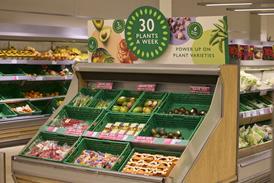



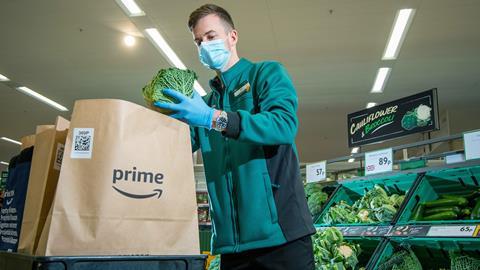
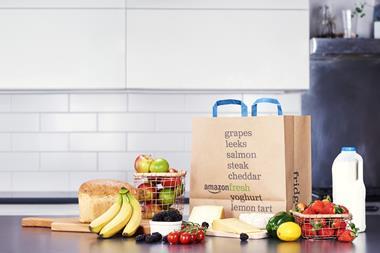

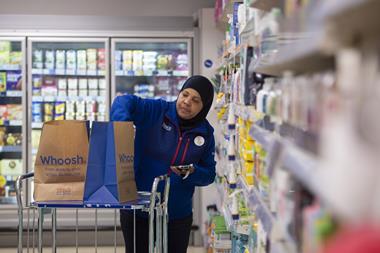


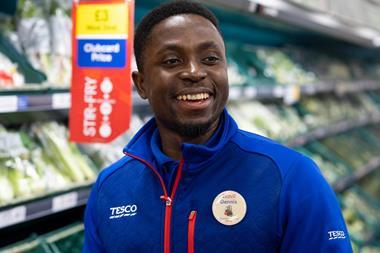


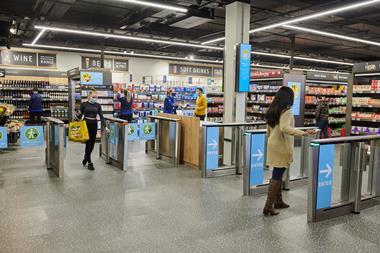



No comments yet